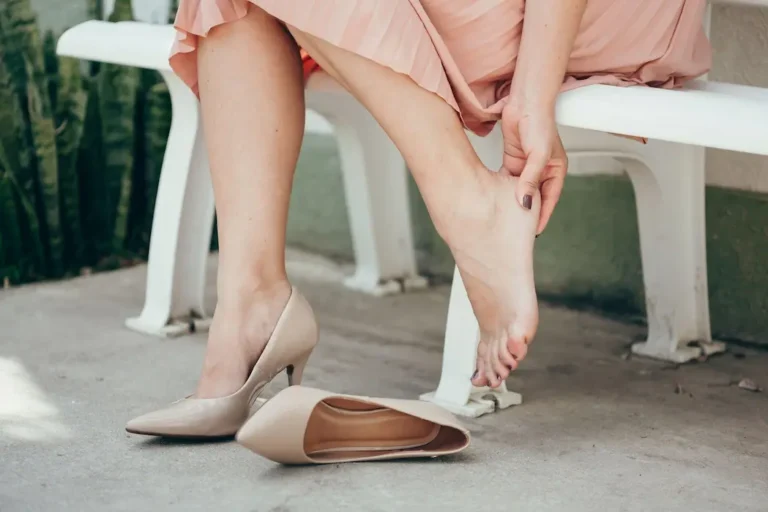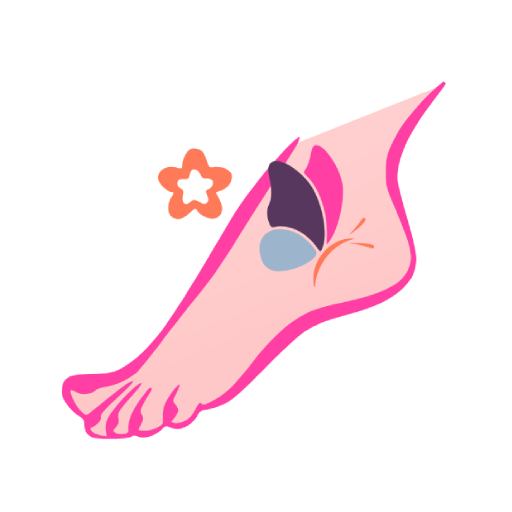Calf strains can be painful, limiting mobility and daily activities. Fortunately, with the right approach, you can expedite healing and get back on your feet faster. Healing a calf strain quickly requires a multifaceted approach to address the injury effectively. First and foremost, it’s crucial to rest the affected leg and avoid any activities that might exacerbate the strain.
Understanding Calf Strains
Before diving into the healing process, it’s crucial to understand what a calf strain is. A calf strain occurs when the muscles at the back of your lower leg become overstretched or torn, often due to sudden movements or excessive stress during physical activities.
Signs and Symptoms
Recognizing the signs and symptoms of a calf strain is crucial in addressing the issue promptly and effectively. Here’s what to look out for:
Recognizing a Calf Strain
Identifying a calf strain is the first step to quick healing. Look out for symptoms like sharp pain in the calf, swelling, and difficulty walking.
Severity Levels
Calf strains can vary in severity, from mild discomfort to severe pain. Understanding the level of your injury is essential for the right treatment plan.

Immediate Care
If you suspect you’ve sustained a calf strain, taking immediate action is crucial for a quicker recovery. Here’s what you can do in the initial moments following the injury:
R.I.C.E. Method
The R.I.C.E. (Rest, Ice, Compression, Elevation) method is a go-to for immediate relief. Learn how to apply it effectively to reduce pain and swelling.
Pain Management
Effective pain management is crucial during the early stages of a calf strain. Discover methods to keep discomfort at bay.
Pain management for a calf strain is essential to help alleviate discomfort and promote healing.
Professional Medical Evaluation
While initial care is vital, knowing when to seek professional medical evaluation for a calf strain is also essential. Here’s a guide on when it’s advisable to consult a healthcare provider:
When to See a Doctor
Not all calf strains require professional attention, but some do. Learn when it’s time to consult a healthcare provider.
Diagnostic Tests
Explore the diagnostic tests commonly used to assess the severity of a calf strain and ensure the right treatment path.
How to Heal a Calf Muscle Strain Quickly?
Healing a calf muscle strain quickly requires a combination of immediate care and a structured recovery plan. It’s essential to follow the R.I.C.E. Resting the affected leg and avoiding strenuous activities is paramount during the early stages. Applying ice and compression can aid in pain management and minimize inflammation. Elevation, whenever possible, helps reduce swelling by allowing fluid to drain away from the injured area.

Treatment Options
Recovering from a calf strain involves a combination of self-care and medical intervention. Let’s explore the various treatment options available to expedite your healing process:
Physical Therapy
Physical therapy plays a significant role in calf strain recovery. Discover exercises and techniques that promote healing and prevent future injuries.
Rest and Recovery
Find out how to strike the right balance between rest and activity.
Medications
Sometimes, medications are necessary to manage pain and inflammation. Learn about the options available.
Calf Strain Exercises
Rehabilitation exercises are key to restoring strength and flexibility in your calf muscles. Explore practical activities for a swift recovery.
Speeding up Healing
While calf strains can be challenging, there are strategies to accelerate the healing process and get you back on your feet sooner. Here’s how to expedite your recovery:
Nutrition and Hydration
A balanced diet and proper hydration can accelerate healing. Learn which nutrients are essential during recovery.
Proper Stretching
Discover stretching techniques to promote blood flow and flexibility in the calf muscles.
Gradual Return to Activity
Returning to your normal activities too quickly can worsen a calf strain. Find out how to reintroduce activities safely.
Prevention Tips
Preventing future calf strains is crucial for maintaining your active lifestyle. Here are some valuable tips to reduce the risk of experiencing another calf strain:
Warm-Up and Stretching
Prevention is the best medicine. Learn the importance of warming up and stretching to avoid future calf strains.

Footwear
Your choice of footwear can significantly impact calf health. Get tips on selecting the right shoes for your activities.
Strength and Flexibility
Strengthening and maintaining flexibility in your calf muscles can reduce the risk of future strains. Explore exercises and routines.
Patience and Persistence
Healing a calf strain quickly requires patience and persistence. Understand the importance of staying committed to your recovery plan.
Calf Strain Recovery Timeline
Get an overview of the typical recovery timeline to know what to expect during your healing journey.
Realistic Expectations
Setting realistic expectations can prevent frustration during recovery. Learn how to manage your outlook.
What Do Shin Splints Look Like?😊https://t.co/QUBteXx0xs#feet #feetpain #feetpainrelief #feetcare #feetexcercise #feetlover😍 #feetloverseverywhere #feetcontent pic.twitter.com/BrDftmrptW
— Sellfeetpics (@sellfeetpicsco) September 27, 2023
Case Studies: Success Stories
Gain inspiration from real-life success stories of individuals who overcame calf strains.
Mental Well-being During Recovery
The mental aspect of recovery is often overlooked. Discover strategies to stay positive and mentally strong during your healing process.
Support Systems
Lean on your support system for encouragement and assistance. Learn how friends and family can help you heal faster.
Conclusion:
Healing a calf strain quickly is possible with the proper knowledge and approach. By understanding the injury, seeking professional guidance when needed, and following a comprehensive recovery plan, you can minimize downtime and return to your active lifestyle. Remember, patience and persistence are your allies on this journey to a speedy recovery.
FAQs
Can I continue light exercise with a calf strain?
It’s essential to rest initially, but consult your doctor for personalized advice on when to resume light exercise.
How long does it take to recover from a severe calf strain?
Severe calf strains can take several weeks or even months to heal completely. Be patient and follow your doctor’s guidance.
Are there any natural remedies for calf strain pain?
Some people find relief through natural remedies like applying warm compresses or using essential oils, but consult your healthcare provider for recommendations.
Can I prevent calf strains in the future?
Yes, you can reduce the risk of future calf strains with proper warm-up, stretching, and strengthening exercises.
Is surgery ever necessary for calf strains?
Surgery is rare for calf strains but may be considered in severe cases with significant muscle tears. Consult a specialist for evaluation.
How do you heal a pulled calf in 2 days?
While you can manage pain and reduce swelling in two days, complete healing is unlikely. Rest, ice, compression, elevation (R.I.C.E), and pain relief measures can help in the short term, but recovery usually takes weeks.
Should I massage a strained calf?
Gentle, controlled massage can help alleviate muscle tension and improve blood flow, but should be done cautiously. Consult a healthcare professional for guidance to avoid further injury.








